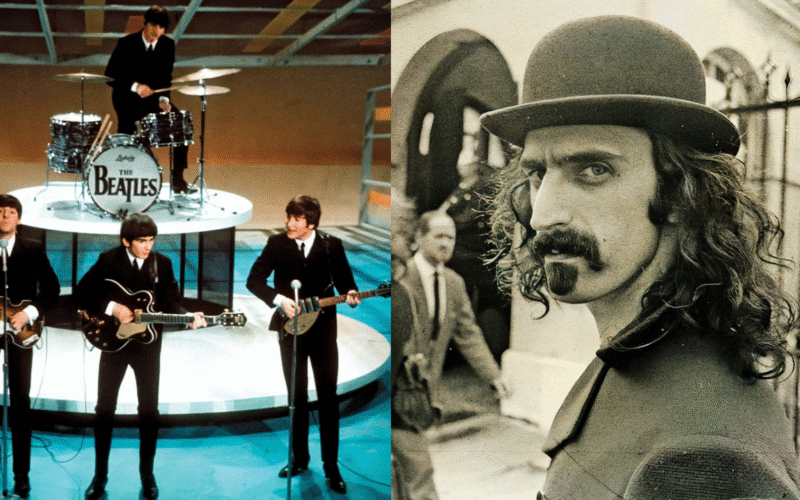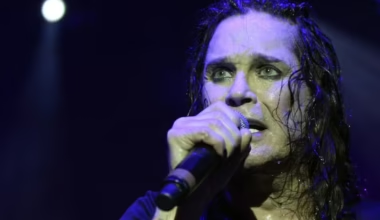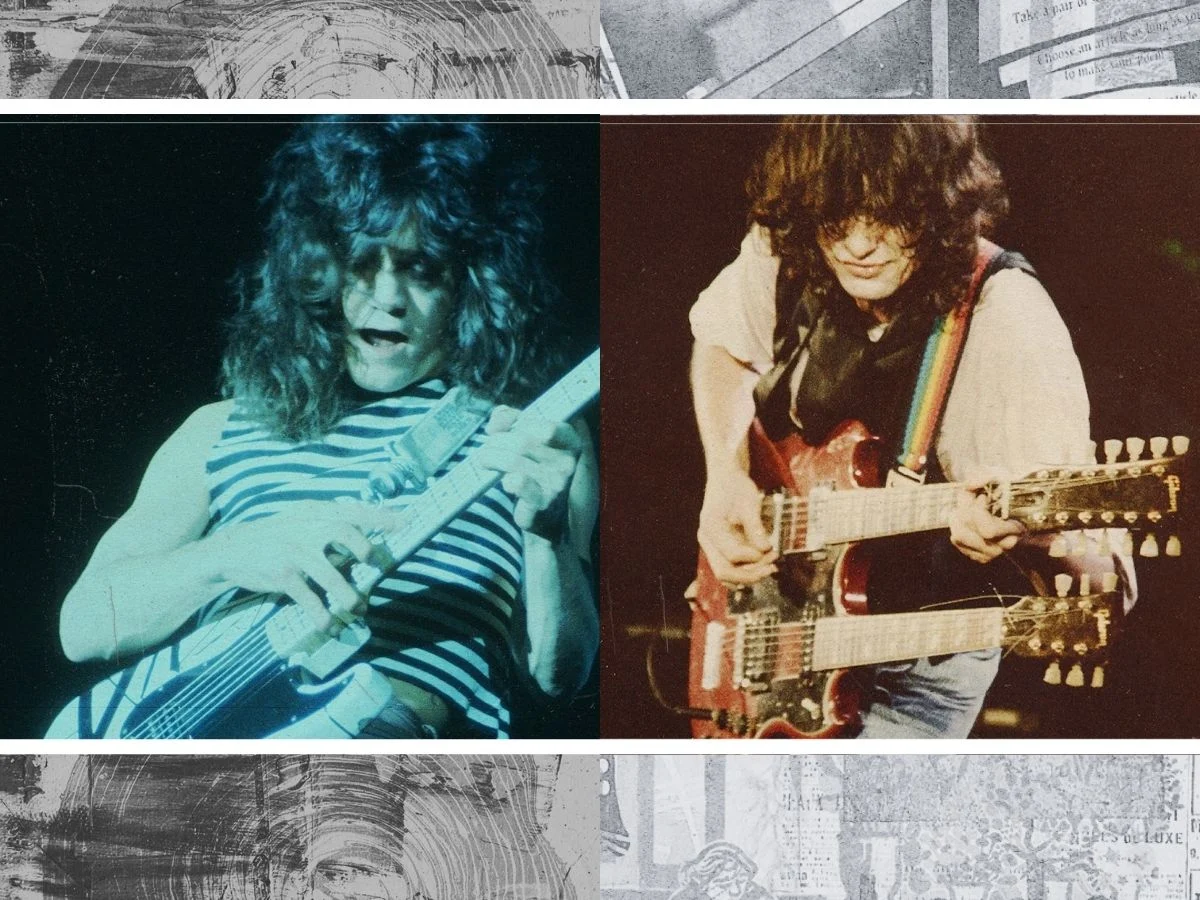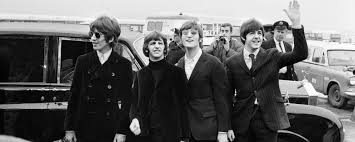The 1960s were arguably one of the most fertile cultural decades in recent history. Name your favourite band, and there’s a great chance their own favourite artists found fame in the 1960s. Likewise, movies, art and books can all find the threads of some of the best moments of their cultural tapestry woven into the hearts and minds of those artists prevalent in that swinging era. Frank Zappa was one such figurehead, and he always came off as an astute observer and critic of pop culture.
While he might have been loath to admit it, Zappa was well attuned to the goings-on of modern music of the time, television, and cinema during his illustrious career. As the cultural shifts began to take place, he kept his ear to the ground and either moved alongside the tectonic motion or rallied against it. It didn’t matter how much the world might have loved a particular artist; if Zappa wasn’t keen, he was clear in his disdain, and he was never afraid to satirise what he saw as some of the more inane fashions of the day.
Freak Out! was Zappa’s reprimanding of the burnout hippie culture that surrounded rock music at the time, and although he occasionally indulged in the psychedelic styles (but famously abstained from the various drugs associated with the scene), he always approached it from a humorous bent. It was a position that would see him take aim at one of the most famous bands on the planet.
We’re Only in It for the Money, the third album he made as a part of the Mothers of Invention, was a wide-ranging piss-take on the commodification of culture, rock music, both sides of American politics, and the overstepping of police. Nobody was spared from Zappa’s mockery, not even the most beloved band in the world; The Beatles.
“Everybody else thought they were God!” Zappa famously stated. “I think that was not correct. They were just a good commercial group.” Whereas most of the world saw The Beatles as countercultural innovators, Zappa saw them as just another band trying to make a buck off the evolving youth culture of the time. They were just interested in taking the cash out of the new generation’s pocket and not concerned with filling their heads with anything powerful.
In other words, he believed that they were only in it for the money. As such, when it came time to create the album’s cover, Zappa sought to make a “direct negative” of the Sgt. Pepper’s Lonely Hearts Club Band album cover: bright blue skies replaced with ominous lightning, and most of the figures were replaced by people like Lee Harvey Oswald and Jimi Hendrix, one of Zappa’s friends who made a personal appearance for the shoot.
Despite the obvious caricature of their imagery, Zappa never had any real beef with The Beatles. “I didn’t hate them,” Zappa told Barbara Zuck in 1984. “I actually like two or three of their songs. I just thought they were ridiculous. What was so disgusting was the way they were consumed and merchandised. No music has succeeded in America unless it was accompanied by something to wear, something to dance or a hairdo. A phenomenon is not going to occur unless you can dress up to it.”
Someone who did have an issue with the cover was Zappa’s label, Capitol Records, which had distributed a number of The Beatles’ early American LPs. Despite Zappa dropping a relatively substantial amount of money on the photo, the record company delayed the release and ultimately put the inner gatefold, featuring the Mothers in dresses, on the front. The original cover was moved to the gatefold, angering Zappa. It just goes to show how seriously a man could take an album that featured a track entitled ‘Hot Poop’.







